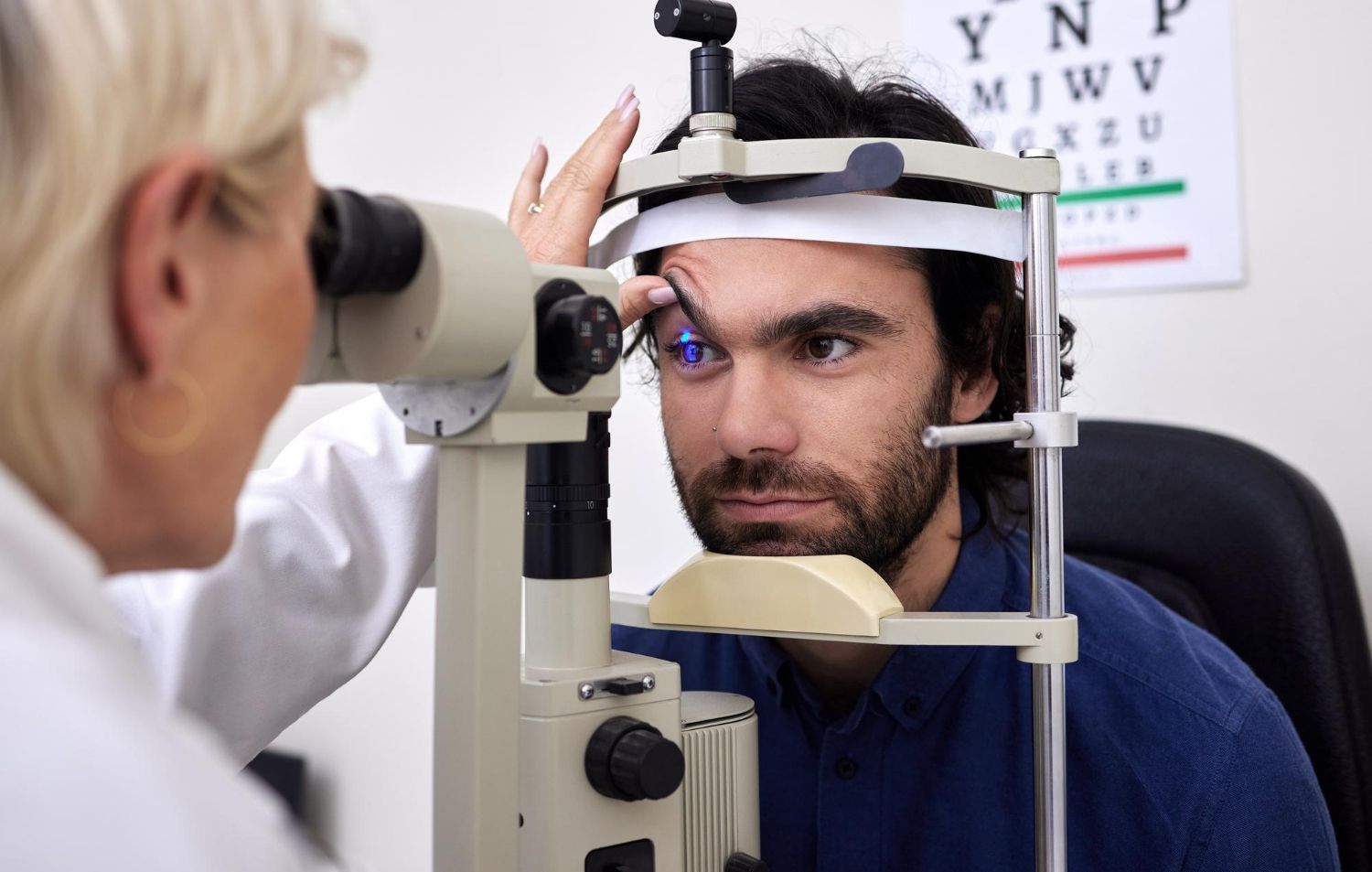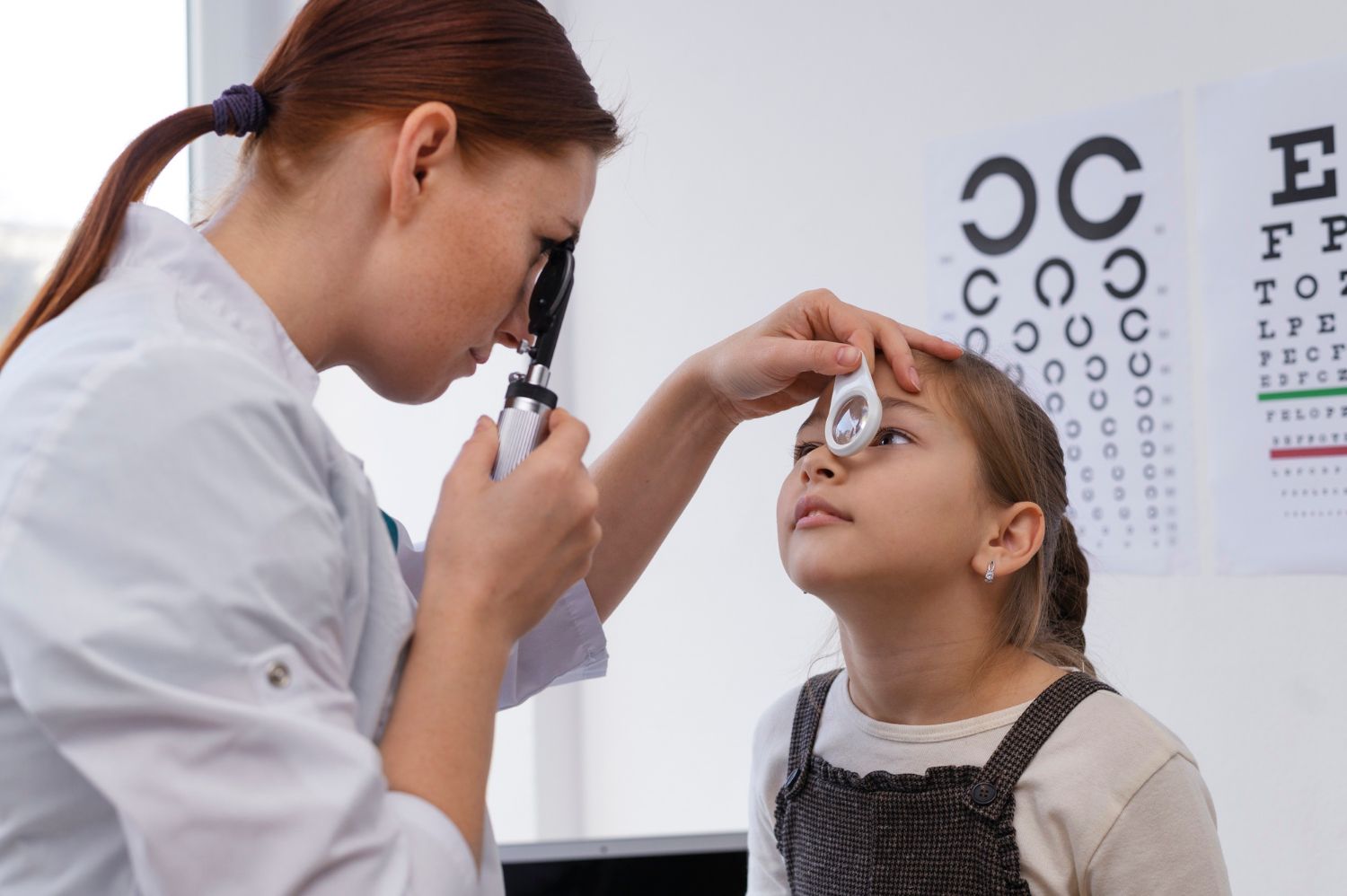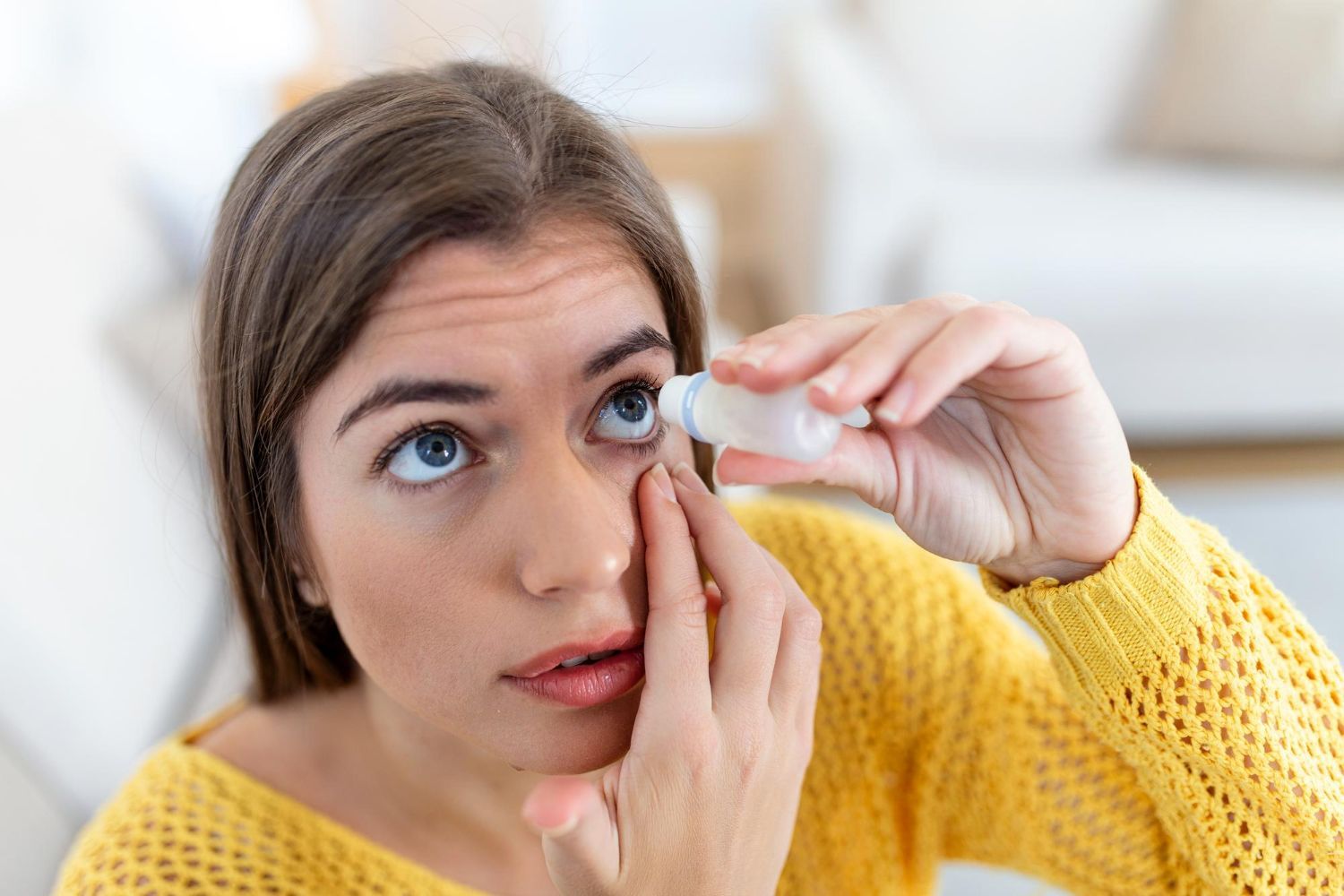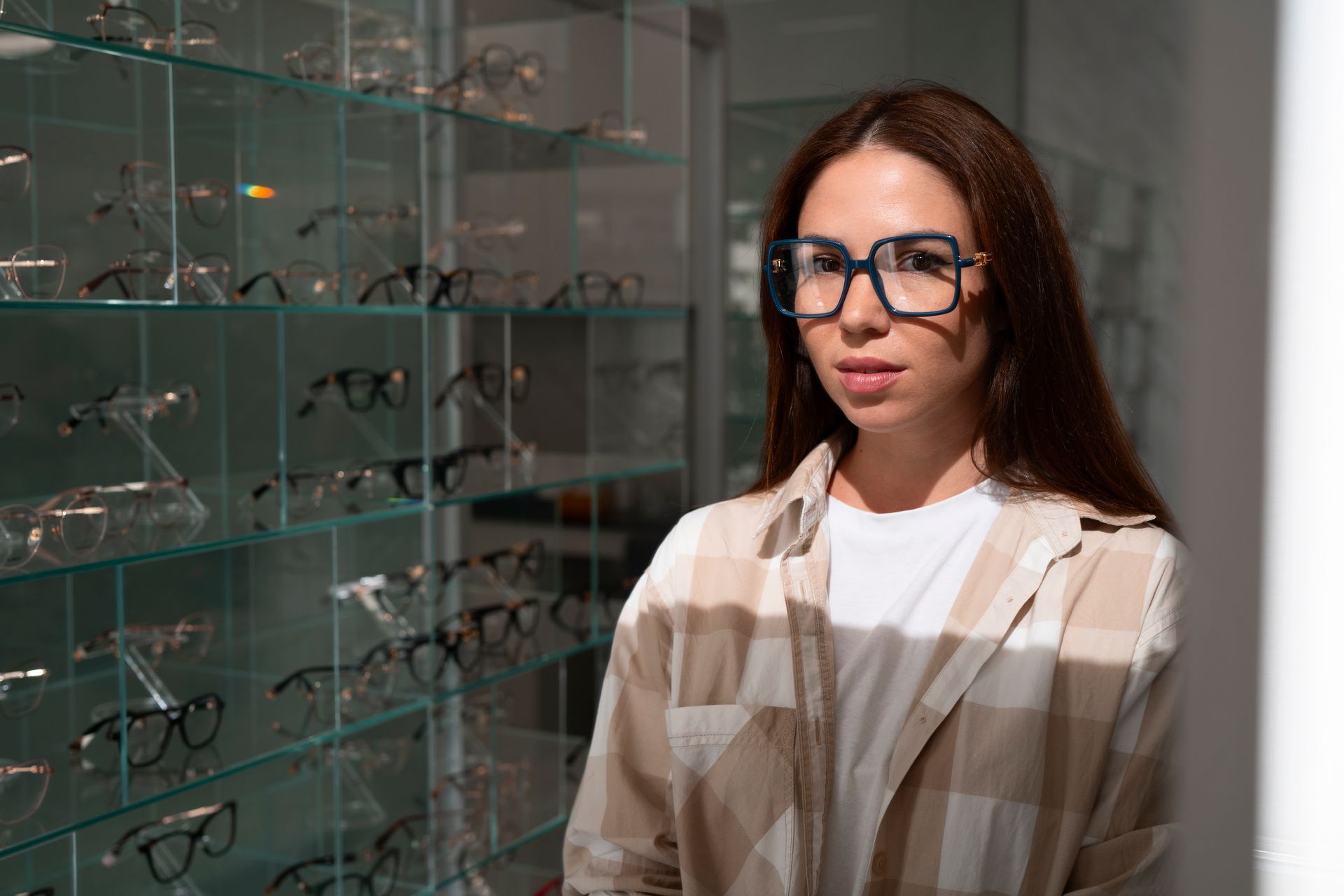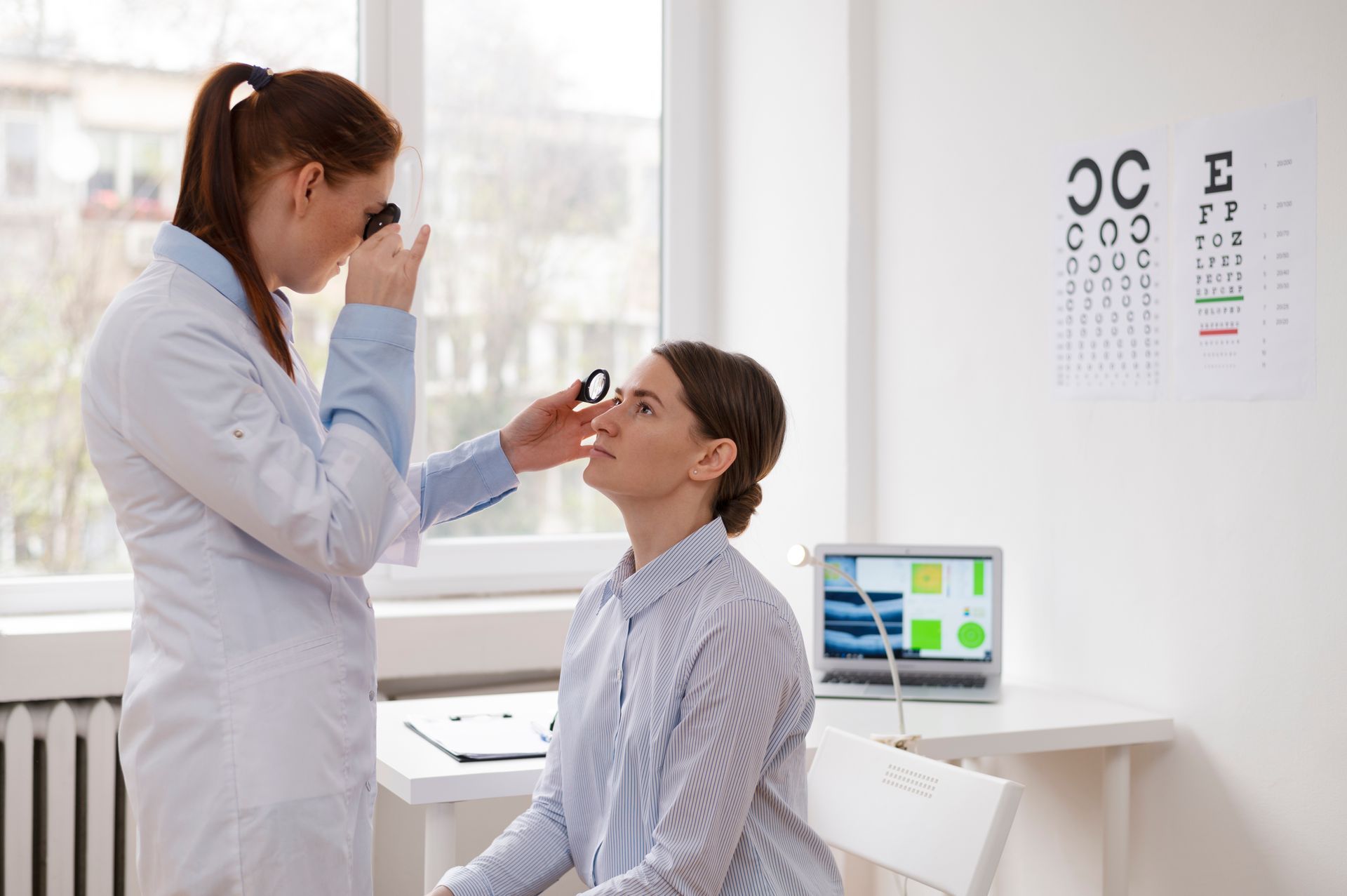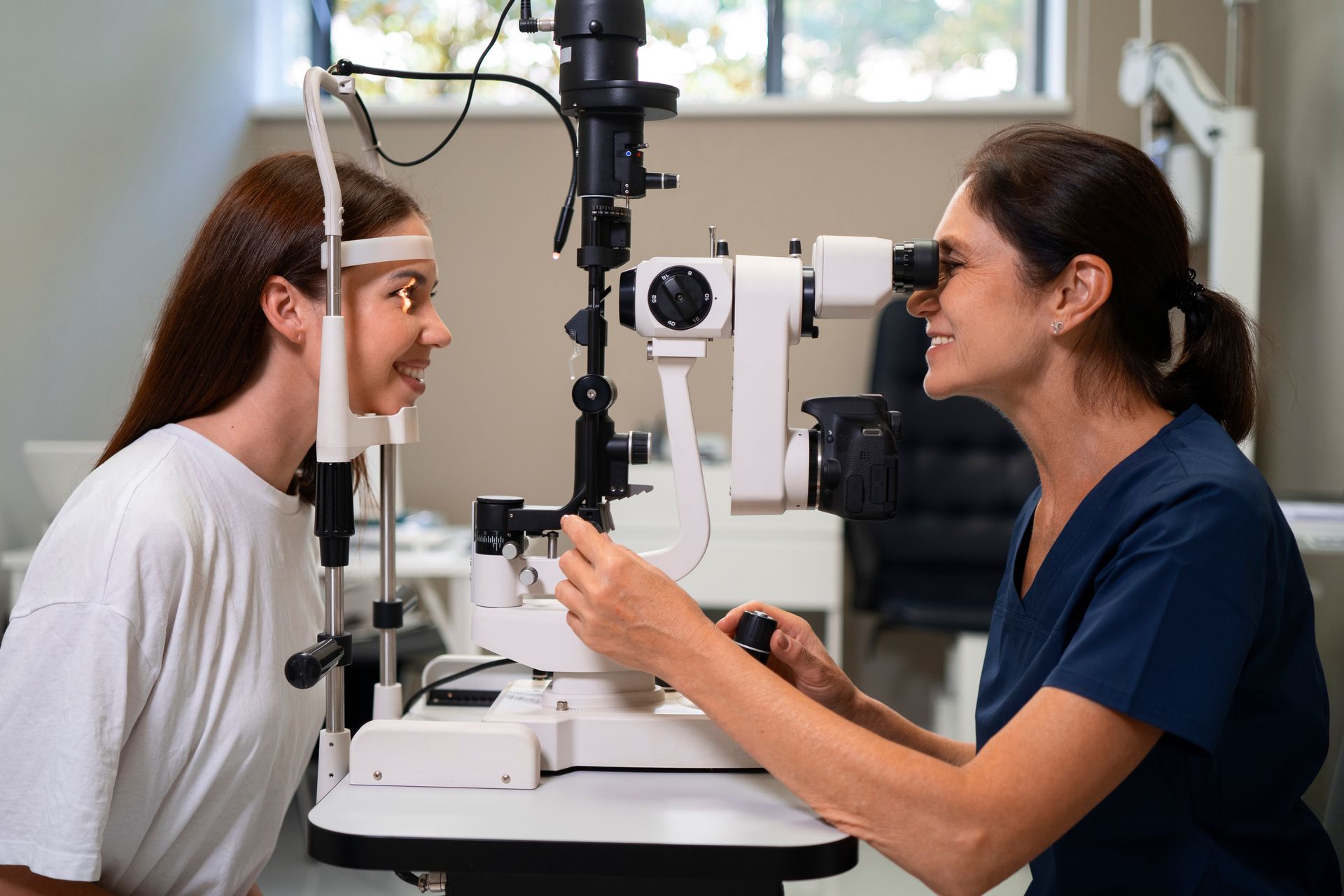Is Your Child’s Vision on Track? Early Signs Parents Should Watch For
As a parent, ensuring your child’s health and well-being is a top priority. While you may keep track of doctor visits, vaccinations, and dental checkups, your child’s vision could sometimes slip under the radar. Healthy eyesight is crucial for a child’s overall development, impacting learning, social skills, and daily activities. Early detection of vision issues can prevent long-term challenges and support your child’s success both in and out of the classroom.
Why Early Eye Exams Matter
Children’s eyes grow and change rapidly, especially in the first few years of life. Many vision concerns can develop without obvious symptoms, making regular eye exams a vital preventative measure. Vision screening done at school or in a pediatric office can detect some problems, but a comprehensive eye exam with an optometrist is the best way to catch early signs of trouble and ensure proper visual development.
Common Visual Problems in Children
Several eye conditions can affect children at various stages of development. These may include refractive errors such as nearsightedness (myopia), farsightedness (hyperopia), astigmatism, lazy eye (amblyopia), and eye misalignment (strabismus). Left untreated, these issues can hinder learning, social interaction, and even self-esteem.
Key Signs Your Child Might Have a Vision Problem
It isn’t always easy for children to articulate or even recognize their own visual difficulties. As a result, parents and caregivers must know what warning signs to look for, especially in young children or when there is a family history of vision problems.
Here are early signs of potential vision issues:
Frequent Eye Rubbing – Children may rub their eyes when they are tired, but persistent rubbing could signal eye strain or irritation.
Squinting or Closing One Eye – Squinting while reading, watching TV, or focusing on distant objects can indicate your child is compensating for blurry vision.
Sitting Too Close to Screens – If your child habitually sits very near the TV or holds tablets and books close to their face, this can be a red flag for nearsightedness or other visual issues.
Short Attention Span for Visual Tasks – Losing interest quickly in activities like coloring, puzzles, or reading might be linked to visual discomfort.
Covering or Tilting the Head – Children may cover one eye, tilt their head, or turn it to one side to improve clarity, especially if one eye is weaker than the other.
Frequent Headaches or Eye Pain – End-of-day headaches, especially after reading or screen time, can be associated with uncorrected vision problems.
Excessive Tearing or Sensitivity to Light – Consistent tearing, redness, or unusual sensitivity to sunlight should prompt a visit to your eye care professional.
Avoiding Reading or Schoolwork – If your child resists tasks that involve seeing up close, it could be due to undiagnosed vision issues interfering with their ability to focus.
Trouble with Eye-Hand Coordination – Difficulty catching a ball or bumping into objects more than usual might signal a vision concern affecting depth perception.
When Should Your Child’s Eyes Be Checked?
It is recommended that children have their first eye exam between six months and one year of age, another before starting school (around age three to five), and then every one to two years afterward unless otherwise advised by an eye care professional. If you notice any of the symptoms listed above, don’t wait—schedule a comprehensive pediatric eye exam promptly.
How Vision Problems Impact Learning and Development
Clear vision is essential for children’s academic success. Up to 80% of learning in early childhood is visual, meaning undiagnosed issues may hinder reading abilities, classroom participation, and social development. Early diagnosis and intervention can resolve many visual challenges, allowing your child to thrive in all aspects of life.
What to Expect During a Children’s Eye Exam
A pediatric eye exam is designed to be both thorough and child-friendly. Optometrists use a variety of engaging tools and techniques to assess visual acuity, eye alignment, depth perception, focusing ability, and overall eye health. Detecting and managing problems early can make a world of difference in your child’s comfort, confidence, and athletic or academic achievements.
Help Your Child See Their Future Clearly
Your child’s vision is too important to overlook. If you notice any signs of vision problems or if it’s time for a routine check, booking a professional pediatric eye exam is the best step you can take. At Ottawa Valley Vision, our dedicated team provides gentle, comprehensive eye care for children of all ages, supporting their healthy development and educational growth. Request your appointment today to ensure your child’s vision stays on track for a brighter tomorrow!

